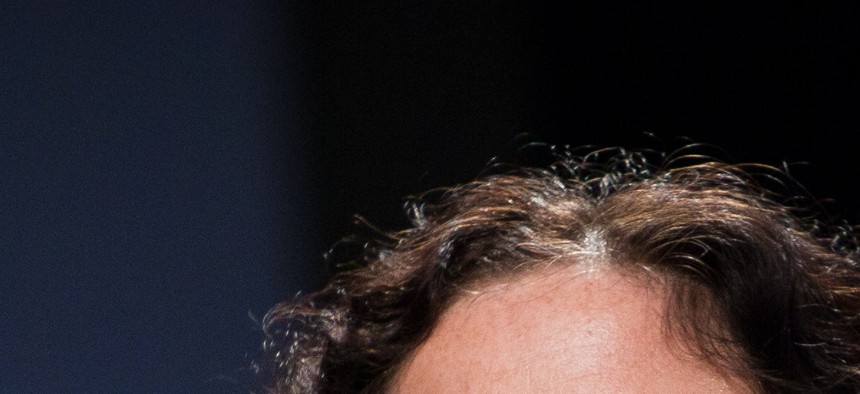
Wikimedia Commons
The Filmmaker Behind the Edward Snowden Leaks
A new <em>New York Times</em> magazine profile describes how far Laura Poitras has gone to protect her privacy, while also reporting on the government's surveillance programs. By Philip Bump
The New York Times Magazine cover story by Peter Maass detailing how Edward Snowden reached out to the two reporters that broke the NSA surveillance story isn't about that surveillance. It's only sort of about journalism. Instead, it's largely a story about how close to the boundaries of civilization you must get — literally and figuratively — to be assured that you can protect your privacy. And it's about how the United States government pushes people there.
Maass focuses on Laura Poitras in part because she is the reporter about whom less is known. But it's primarily because it was Poitras' personal history that led her to become an expert in the tools that were required for Snowden to communicate with the media securely.
As you may know, Poitras is a documentary filmmaker. As Maass outlines, she spent years working in Iraq, filming those affected by the American presence, including a visit to the Abu Ghraib prison. During that same time period, Poitras began to be selected for additional screening when traveling — including, on about 40 occasions by her account, being held for hours for interrogation on her travel and work. Her electronic devices were taken from her and not returned for extended periods. Eventually, she became friends with Glenn Greenwald, who then worked for Salon. After a particularly intrusive incident at Newark International, she allowed Greenwald to write a story about those stops.
Read more at The Atlantic Wire.
